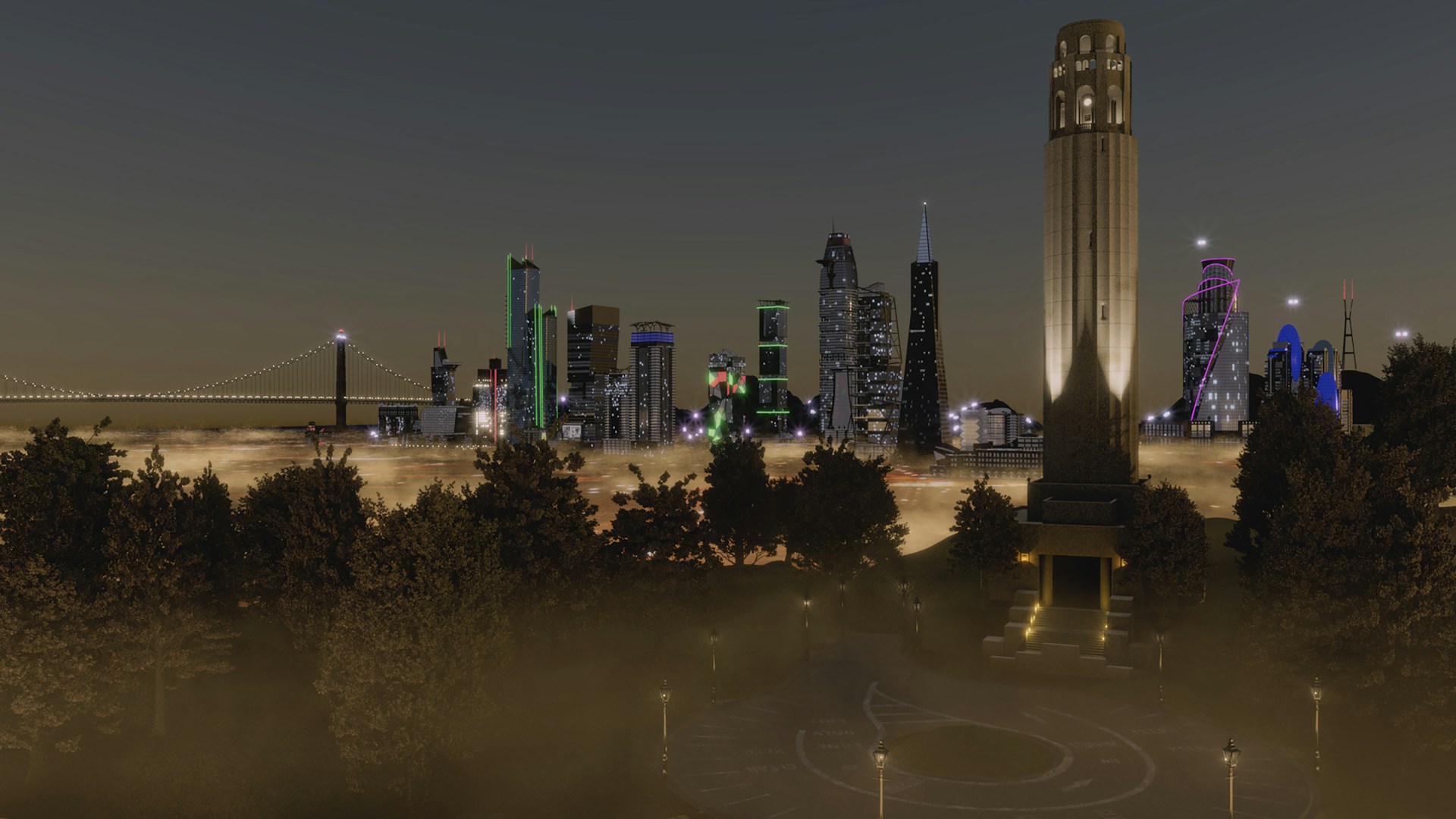The 15-Minute City Concept: Revolutionizing Urban Living
The fast-paced development of urban planning serves both population expansion needs and sustainability along with improved quality of life.
The “15-minute city” concept represents a promising urban innovation because it enables residents to reach all their essential needs through walking or biking from their house.
This urban model combines convenience features with sustainability programs and it builds strong community bonds.
What is the 15-Minute City?
Residents under the 15-minute city concept gain access to all necessary amenities, including employment opportunities and educational institutions, alongside healthcare and shopping facilities and recreational outlet,s when traveling by bike or foot for less than 15 minutes.
The concept of the 15-minute city emerged from French-Colombian urban planner Carlos Moreno to decrease car dependence and diminish carbon output and improve city living standards.
A project that implements this principles integrates neighborhoods as independent community centers.
Strategic urban planning enables residents to find all their essentials in connected mixed-use districts containing parks and transportation links as well as neighborhood commerce.
Significant success has emerged from this concept after Paris, Melbourne and Portland enacted it.
The Benefits of a 15-Minute City
1. Reduced Traffic Congestion and Pollution
Traffic congestion decreases significantly as the main benefit of following the 15-minute city framework.
Cities become able to make substantial decreases in their greenhouse gas emissions when fewer residents commute by vehicle daily.
The decrease of pollution levels improves both public health and helps reduce respiratory diseases and creates better city living environments.
2. Enhanced Quality of Life
People living in such cities use their additional time by participating in leisure activities with loved ones as well as neighborhood community events and events within the community.
Walking as a mode of transportation in connected neighborhoods leads residents to walk more which in turn minimizes health risks of obesity along with other medical conditions.
Pretty environments together with walkable roads help promote both community social readiness and peaceful personal well-being.
3. Economic Growth and Local Business Support
Local economic development happens through the 15-minute city concept which benefits neighborhood businesses as it both supports local small ventures and produces employment opportunities.
Money flows throughout the local community because of this economically isolated system which helps build lasting economic growth.

The Role of Technology in 15-Minute Cities
Digital city mapping along with real-time public transit monitoring while employing artificial intelligence for urban planning represents essential smart city tools needed to create the 15-minute city model.
Technology yields optimized infrastructure by improving distribution processes and enhancing accessibility points.
Public Transportation and Cycling Infrastructure
The implementation of a 15-minute city depends heavily on public transit infrastructure in combination with high-quality cycling infrastructure.
The implementation of cycle-sharing schemes and pedestrian-friendly street planning as well as efficient transit systems makes travel possible without the need for private transportation.
Social Equity and Inclusive Urban Planning
All residents require urban planners to focus on making city planning schemes accessible and affordable as well as social for everyone to attain the benefits of this city.
Public policies need to eliminate existing economic differences that exist between rich residential areas and poor residential areas.
Case Studies: Cities Leading the Way
The cities of Paris, Melbourne and Portland have initiated the implementation of the 15-minute city concept.
Other urban centers can gain important perspectives about similar model adoption by studying the achievements along with obstacles faced by these cities.
Challenges and the Road Ahead
The implementation of this plan faces various obstacles while producing its benefits.
Most urban infrastructure in current cities depends on automotive traffic which imposes major redevelopment requirements.
Residential development companies and business entities which depend on centralized commercial locations often resist progress in the 15-minute city concept.
The challenge of delivering equitable resource availability among different neighborhoods continues to exist.
The city model can redefine urban living for future generations through proper policy implementation and investments in public transportation while involving communities in various initiatives.
Cities throughout the world are currently working toward sustainable development through a transformative urban blueprint which the 15-minute city model represents.
Frequently Asked Questions (FAQs)
1. The primary target of the 15-minute city model stands as what?
Through its model urban neighborhoods aim to become locations where people can find all required services at distances no longer than 15 minutes by walking or biking from their houses. The concept establishes ecological sustainability along with decreased traffic congestion and better overall life-wellbeing as its main objectives.
2. Which factors enable the 15-minute city to cut down pollution levels?
The 15-minute city concept achieves its pollution reduction outcomes by reducing automobile usage thus lowering emission levels and air and noise contaminations. The increased use of public transportation and cycling and walking results in major decreases of carbon emissions which leads to environmental improvements.
3. Under what circumstances do cities encounter their biggest challenges in their transition to the 15-minute city model?
Achieving successful implementation of the 15-minute city encounters several barriers because cities need to transform car-oriented infrastructure and users must equalize access to resources and obtain money to repair structures and increase barriers to adoption from companies with centralized business operations.
4. Through which mechanisms does the 15-minute city plan benefit the operation of local businesses?
The 15-minute city model increases small business success and protects a circular economy structure by promoting local shopping and working activities. This model results in new job opportunities while making communities more resistant to economic shocks along with developing active business districts based on local initiatives.
5. The application of the 15-minute city concept currently exists within which metropolitan areas?
Paris along with Melbourne and Portland together with Bogotá have pursued the implementation of the 15-minute city framework. The implementation of this model includes building better cycling systems and improving public transportation and enabling mixed-use residential and commercial areas that support neighborhood self-sufficiency.
Also read: Megacities: The Rise and Challenges of Urban Growth

